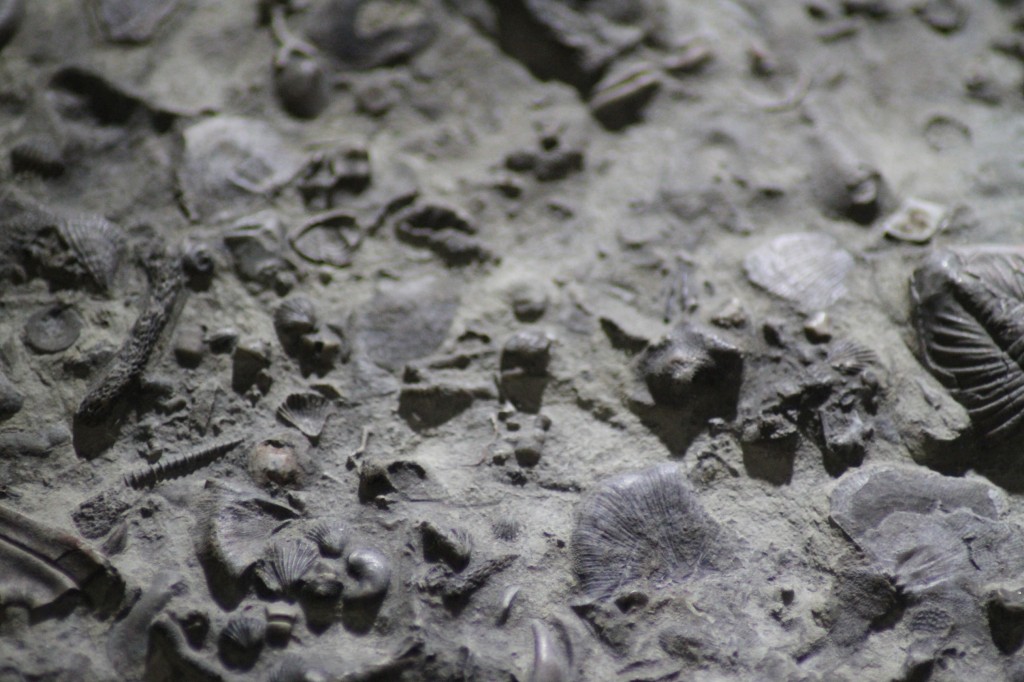Browsing the "Paleozoic" Category
The Paleozoic era, meaning “ancient life”, is a division of earth’s history spanning from around 541 to 252 million years ago. It is subdivided into the Cambrian, Ordovician, Silurian, Devonian, Carboniferous and Permian periods. The beginning of the Paleozoic is characterised by the sudden appearance of animal ecosystems following the extinction of the Precambrian Ediacaran fauna. The end of the Paleozoic is marked by the greatest mass extinction in earth’s history, following which global ecosystems were radically reorganised.
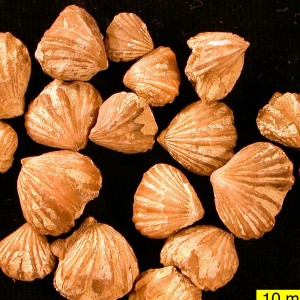
Published on February 1st, 2015 | by David Marshall
Brachiopods are some of the most common fossils to be found in rocks worldwide. Their thick, hard and (often) calcareous shells make them preferentially preserved in the fossil record. We probably all have found one, but [&hellip... Read More →
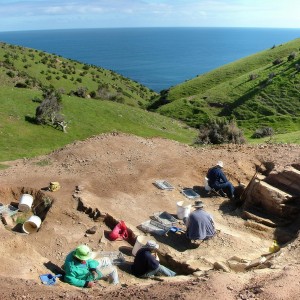
Published on November 1st, 2014 | by David Marshall
The Emu Bay shale is a Burgess Shale-type lagerstätte from the Early Cambrian of South Australia. We speak to Dr John Paterson, of the University of New England, all about the locality and the fossils it [&hellip... Read More →
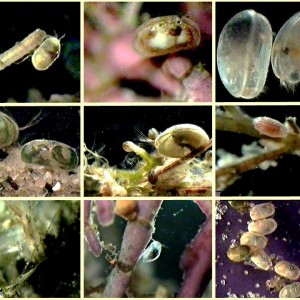
Published on October 16th, 2014 | by David Marshall
Ostracods are tiny crustaceans (relatives of shrimps, crabs and water-fleas), distinguished by having a shell that is easily fossilised. As microfossils, by virtue of a long and rich fossil record, ostracods are extremely useful for determining [&hellip... Read More →
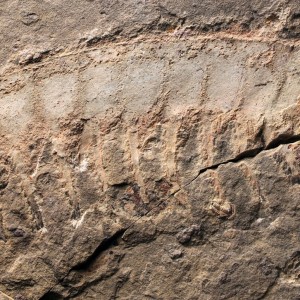
Published on July 15th, 2014 | by Laura Soul
Anomalocaridids are iconic Cambrian animals, originally found in the Burgess Shale deposits in Canada. From the Genus Anomalocaris, their name translates as ‘strange shrimp’ owing to their initial misidentification from incomplete remains. In fact, it took until [&hellip... Read More →
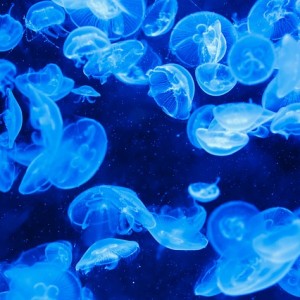
Published on June 1st, 2014 | by David Marshall
One of the longest-ranging and outwardly primitive-looking groups of animals on the planet are the Medusozoa. In consisting of around 95% water, it may be surprising to know that there is a fossil record of jellyfish, [&hellip... Read More →
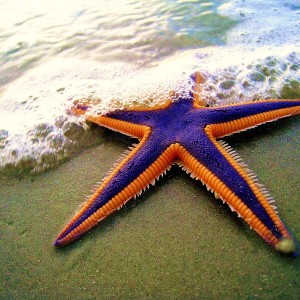
Published on May 1st, 2014 | by Joe Keating
Echinoderms are characterised by a mineralised skeleton, specialised water vascular system and five-fold symmetry. It is this unusual body plane symmetry that gives the starfish its star-shape. None of these features, however, are possessed by the closest [&hellip... Read More →
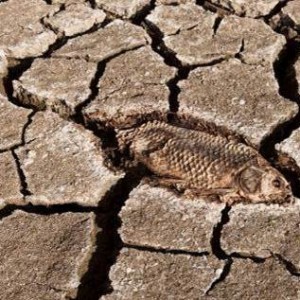
Published on December 1st, 2013 | by David Marshall
What are Mass extinctions, how are they quantified, what are the driving forces behind them, how bad were the ones in the past and will we have more in the future? To answer these questions we [&hellip... Read More →
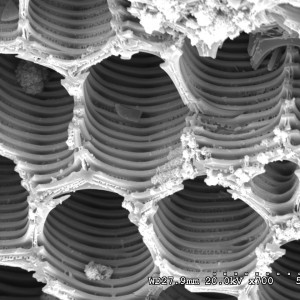
Published on October 15th, 2013 | by David Marshall
Most people would consider fire to be an entirely destructive process, however given the right circumstances organic materials can be exquisitely preserved by charcoalification. We no doubt all know charcoal from the BBQ, but how many of [&hellip... Read More →
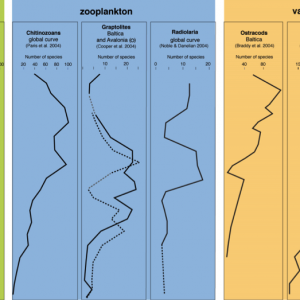
Published on September 1st, 2013 | by Joe Keating
The Great Ordovician Biodiversification Event, or ‘GOBE’, describes one of the most important increases in biodiversity in the history of life on earth. During a relatively short time span of some 25 million years, an explosion [&hellip... Read More →
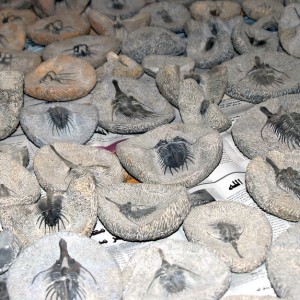
Published on July 1st, 2013 | by David Marshall
Trilobites are one of the most instantly recognisable groups of fossils. They were present from the very start of the Paleozoic and went on the fill a great number of ecological roles before going extinct at the Permo-Triassic [&hellip... Read More →






















